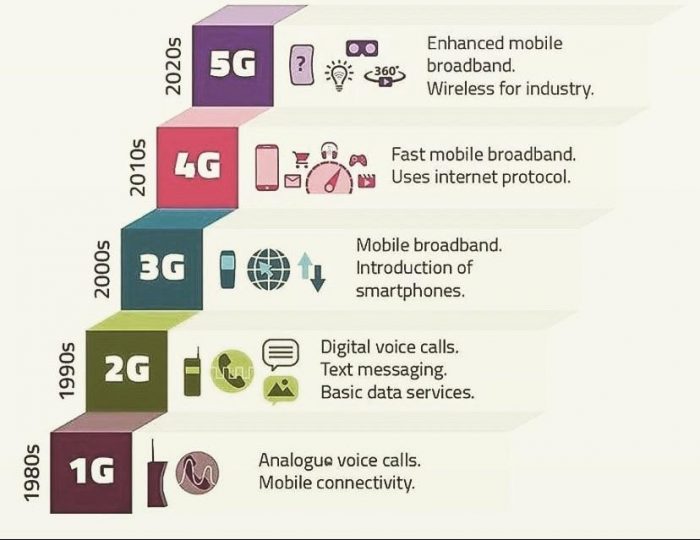
Today, the mobile internet is a vital part of our lives. We use it to check email, watch videos, listen to music, and so much more. But there was a time when getting online while on-the-go was only possible through wireless hotspots. That changed in 2008 with the introduction of 3G networks that could offer download speeds as high as 2 Mbps (although they rarely did). Since then we’ve seen steady improvements in mobile internet capabilities thanks to 4G and 5G technologies—and even more are expected soon! Read on for an overview of what you should know about mobile internet today and how these technologies work together to keep improving things over time.
The history of the mobile internet
The history of the mobile internet is a long one, and it’s only getting longer. The first mobile network was launched in Japan in 1979, but it wasn’t until 1991 that the first commercial service became available in Europe. After that came 2G technology–the standard until 3G arrived on the scene at the turn of this century. By 2010, 4G networks were being rolled out across much of Asia and Europe; today they’re available throughout most parts of North America as well as Australia and New Zealand with 5G technology on its way soon!
Mobile internet speeds today
As you’re probably aware, 4G is the latest generation of mobile internet. It’s faster than 3G and much faster than 2G because it uses a different type of technology: Long-Term Evolution (LTE). 5G is next in line after 4G. In fact, 5G is actually just an upgrade from LTE–it uses some extra spectrum bands that weren’t available before but were added recently by regulators around the world to improve network performance and capacity. So what does this mean for your phone? Basically, when you get on board with 5G service on your smartphone you’ll be able to download large files faster than ever before; stream high-definition video without buffering; use multiple apps at once without any lag time between them; send messages quickly without delays due to poor signal strength in certain areas; play games online without any lag time between movements made by yourself or other players–you get the idea!
5G technology and beyond
5G is a new technology that will replace 4G, and it’s expected to be available in 2020. 5G is faster than 4G, more reliable and offers lower latency–a measure of how long it takes for data to travel from one place to another. As mobile internet speeds increase, so does the amount of data you can download in a second or minute. You can expect your next phone plan to offer higher data caps than previous ones did (and perhaps even unlimited options).
The mobile internet has come a long way. It started as a way for people to access the web on their phones, but now we have 4G LTE and even 5G networks that offer faster speeds than ever before. We expect these technologies will continue improving as time goes on and become even more accessible around the world!
